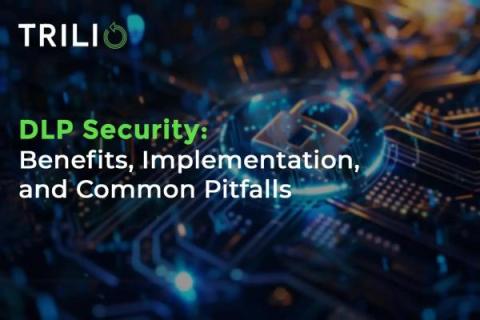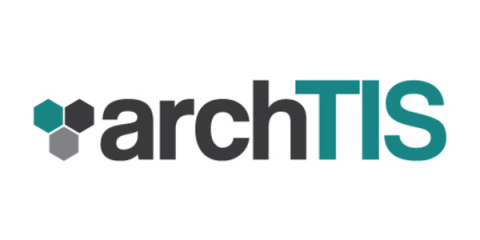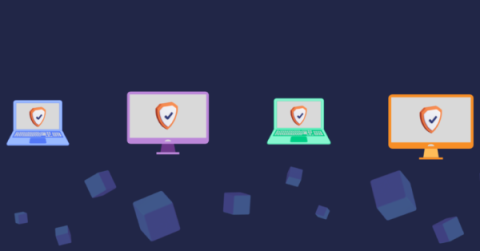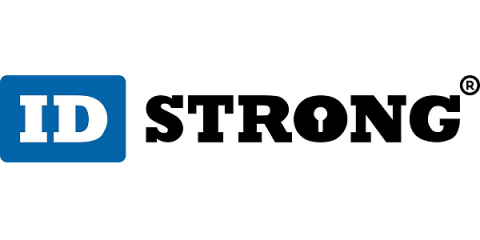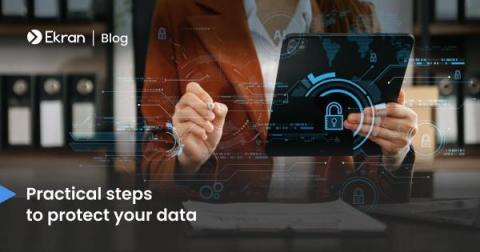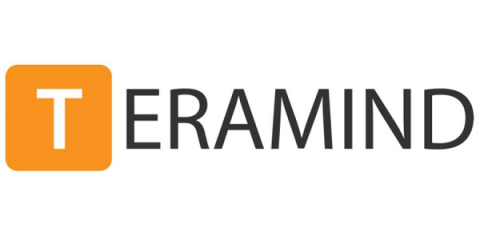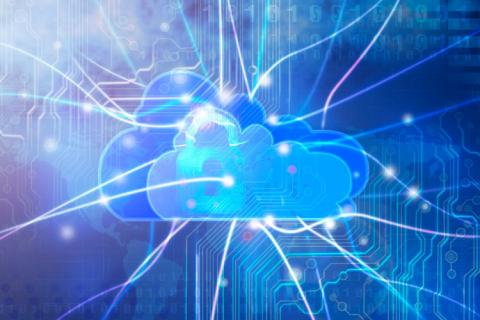Fax vs. Secure File Transfer: A Guide to Choosing the Right Method
Amid rising concerns over cybersecurity due to recent significant breaches, a number of institutions have surprisingly resorted to the fax machine for transmitting confidential data. This move may appear unconventional in an age where email encryption has seen substantial improvements. It naturally raises the inquiry: does fax boast superior security compared to email?




